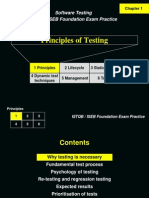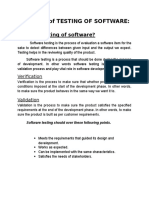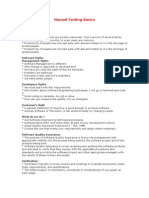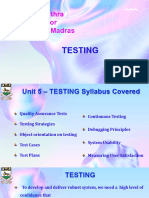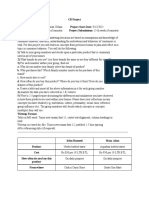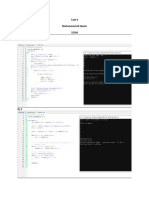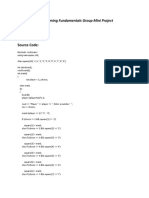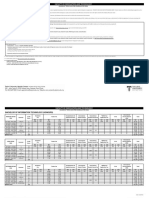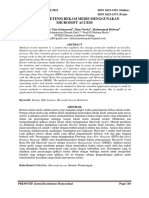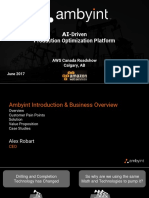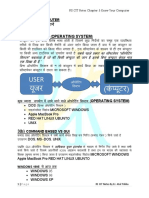0% found this document useful (0 votes)
440 views34 pagesTesting in Software Engineering
The document discusses various topics related to software testing including definitions of testing, reasons for testing, examples of system failures due to lack of testing, testing levels, strategies and types. It defines software testing as finding errors and ensuring software matches specifications. It emphasizes the importance of testing for quality and avoiding failures like those that led to deaths from delayed ambulances.
Uploaded by
Muhammad AliCopyright
© © All Rights Reserved
We take content rights seriously. If you suspect this is your content, claim it here.
Available Formats
Download as PPTX, PDF, TXT or read online on Scribd
0% found this document useful (0 votes)
440 views34 pagesTesting in Software Engineering
The document discusses various topics related to software testing including definitions of testing, reasons for testing, examples of system failures due to lack of testing, testing levels, strategies and types. It defines software testing as finding errors and ensuring software matches specifications. It emphasizes the importance of testing for quality and avoiding failures like those that led to deaths from delayed ambulances.
Uploaded by
Muhammad AliCopyright
© © All Rights Reserved
We take content rights seriously. If you suspect this is your content, claim it here.
Available Formats
Download as PPTX, PDF, TXT or read online on Scribd
/ 34






